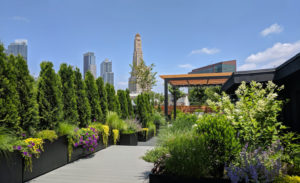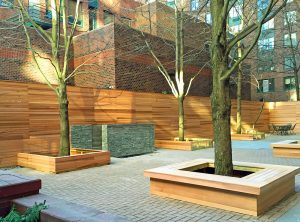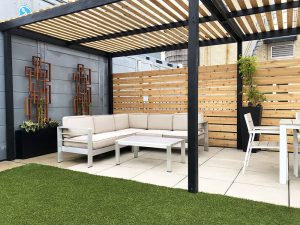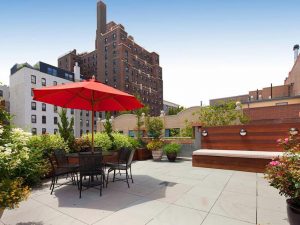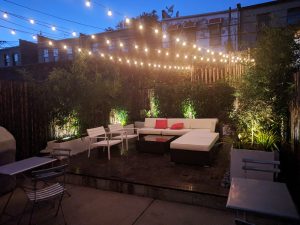
How to Garden with Limited Space
Living the urban life has a ton of perks, but gardening can be a real challenge: skyscrapers can cause inconsistent sunlight, pollutants can more easily infect your soil, and water availability is always an issue.
However, planning and designing an urban garden can lead to remarkable results. A well-planned city garden can provide a complete juxtaposition to the surrounding city and create a small, personalized urban oasis.
But it all starts with some planning and creativity.
What Area Gets the Most Sunlight?
The amounts may vary, but all plants need some measure of sunlight to stay healthy and grow. To begin in planning your urban garden, you need to first measure how much sunlight your space gets.
Buildings can block varying amounts of sunlight at different parts of the year. Fences can block sunlight as well. Find the parts of your gardening space where sunlight is most prominent and feature a design that highlights those areas.
You can also get creative with built in planters to maximize those spaces. Planters can raise your plants above fence lines and provide them with more consistent light. For the more shaded areas, you can still grow certain types of plants with less than full sunlight; the key, however, is measuring the amount of sunlight a specific area may get and planning accordingly.
Start Simply
When a space is limited and features varying degrees of sunlight, it’s difficult to create a design plan with much flexibility. One of the things you can do is make a point to use some potted plants; since they’re moveable, you can use them to change up your space design throughout the year while also ensuring your plants get as much sunlight as possible.
If you decide to use built in planters, make sure to choose plants that are hardy and won’t crowd or outgrow the planter. Smaller plants that are generously spaced create a very clean look that is much easier to maintain.
Another convenient step to take is pairing plants that require similar sunlight, nutrition, and watering. It’s much easier to solve minor issues like drooping leaves or discoloration when you’re only dealing with plants with similar needs.
What Types of Plants Can You Use?
When space is limited, choosing plants that grow vertically will help with sunlight issues as well as maximizing your space. This works well no matter if you’re hoping to grow an herb or vegetable garden or a flowering getaway.
Look for hardy plants that can thrive in full sunlight or part sunlight. Drought-resistant plants are great as well for novice gardeners. For some flowering plants with lots of color, marigolds, petunias, geraniums, nasturtium, and periwinkle all perform well in urban environments.
When planning a gardening area in a city, your own time investment is important. If you’re able to put in the time to prune and water consistently, you can get more adventurous with your design. But when it comes to gardening in limited space, find the areas where plants can thrive and you’ll have a gorgeous garden in no time.
Sources:
Alex Briggs is a contributing author for Minnesota Tree Surgeons.


